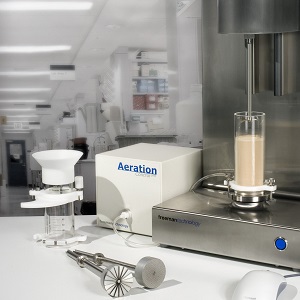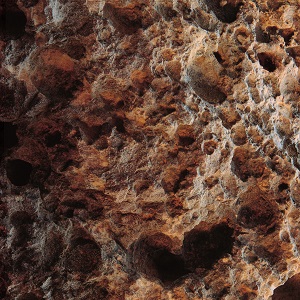Articles
Powder Flow Testing with the FT4 Powder Rheometer
The FT4 Powder Rheometer® – a universal powder flow tester for measuring powder flow properties and powder behaviour.
Read MorePorosity Characterization
Derived from the Greek word ‘poros’ meaning passage, porosity is a critical parameter used to describe and quantify the internal structure of many materials of industrial interest. Porosity defines the ease with which fluids can travel through a solid, the extent and accessibility of internal surface area and relationships between strength and weight. Examples of…
Read MoreWhat is bioluminescence and how does it work?
Bioluminescence is the production and emission of light by a living organism. Bioluminescence occurs widely in marine vertebrates and invertebrates, as well as in some fungi, microorganisms including some bioluminescent bacteria and terrestrial invertebrates such as fireflies. Bioluminescence occurs through a chemical reaction that produces light energy within an organism’s body. For a reaction to…
Read MorePowder characterization
Powders are an abundant and diverse class of products that underpin the health and comfort of day-to-day life. From the fluid catalytic cracking catalysts used for oil refining, and metal powders that make up aerospace components, to pharmaceutical formulations, cosmetics and milk powder. Developing powders fit for every purpose relies on engineering materials from the…
Read MoreBattery technology
The Lithium-ion battery is an energy storage device capable of almost continuous charging and discharging. In comparison to traditional battery technologies, lithium-ion batteries provide a significantly higher performance and efficiency In terms of application. The lithium-ion battery market can be segmented into consumer electronics, automotive, storage grid energy, and industrial use. Improving global economic conditions,…
Read More




